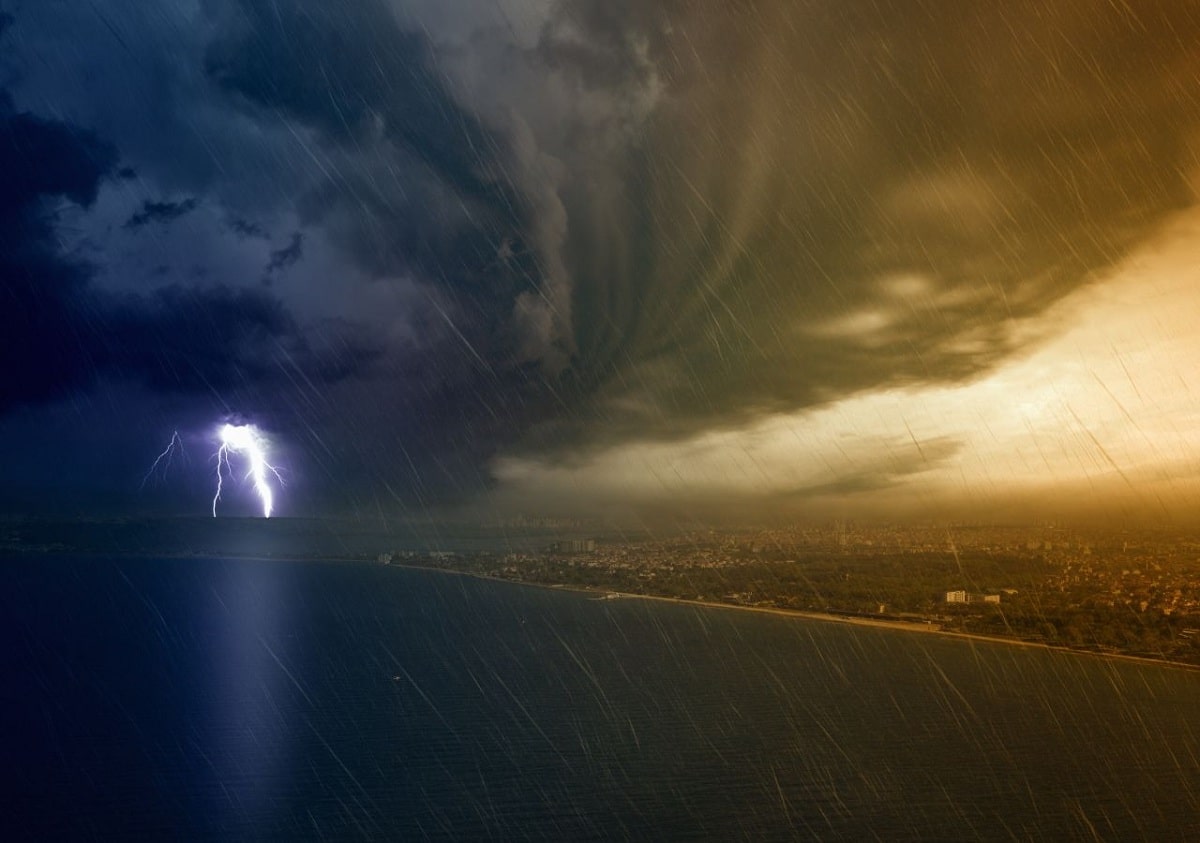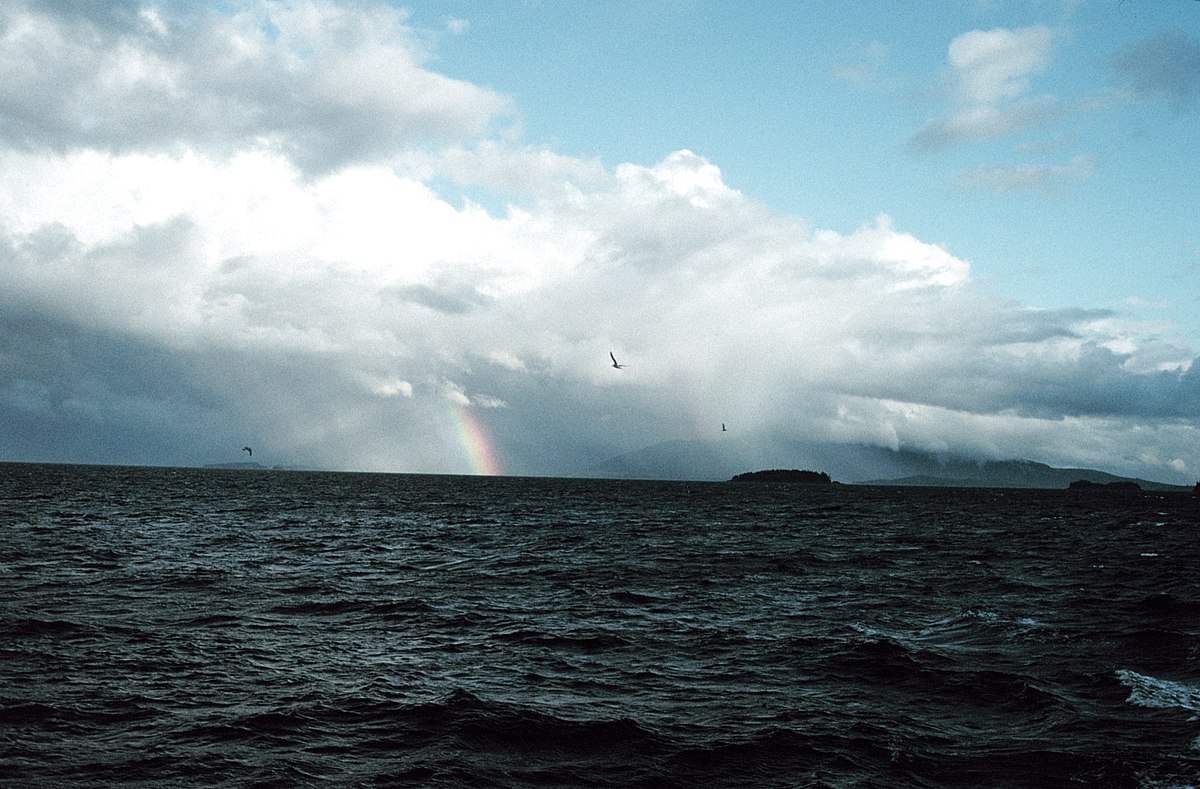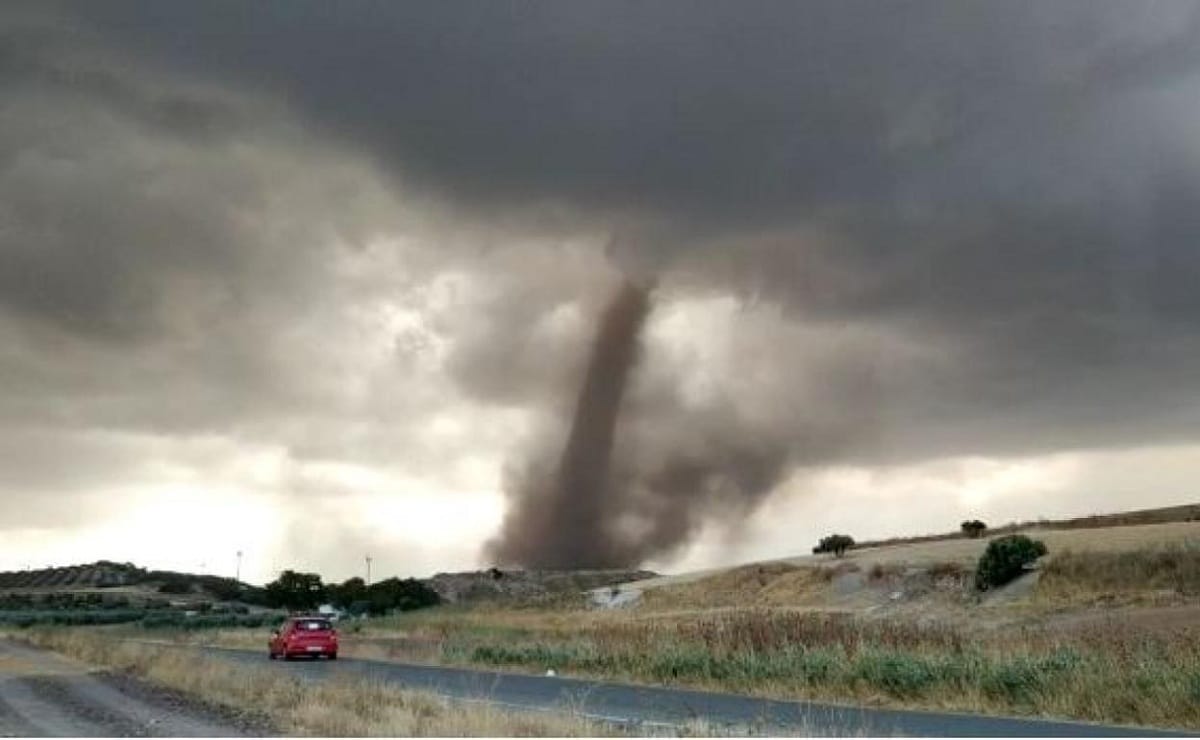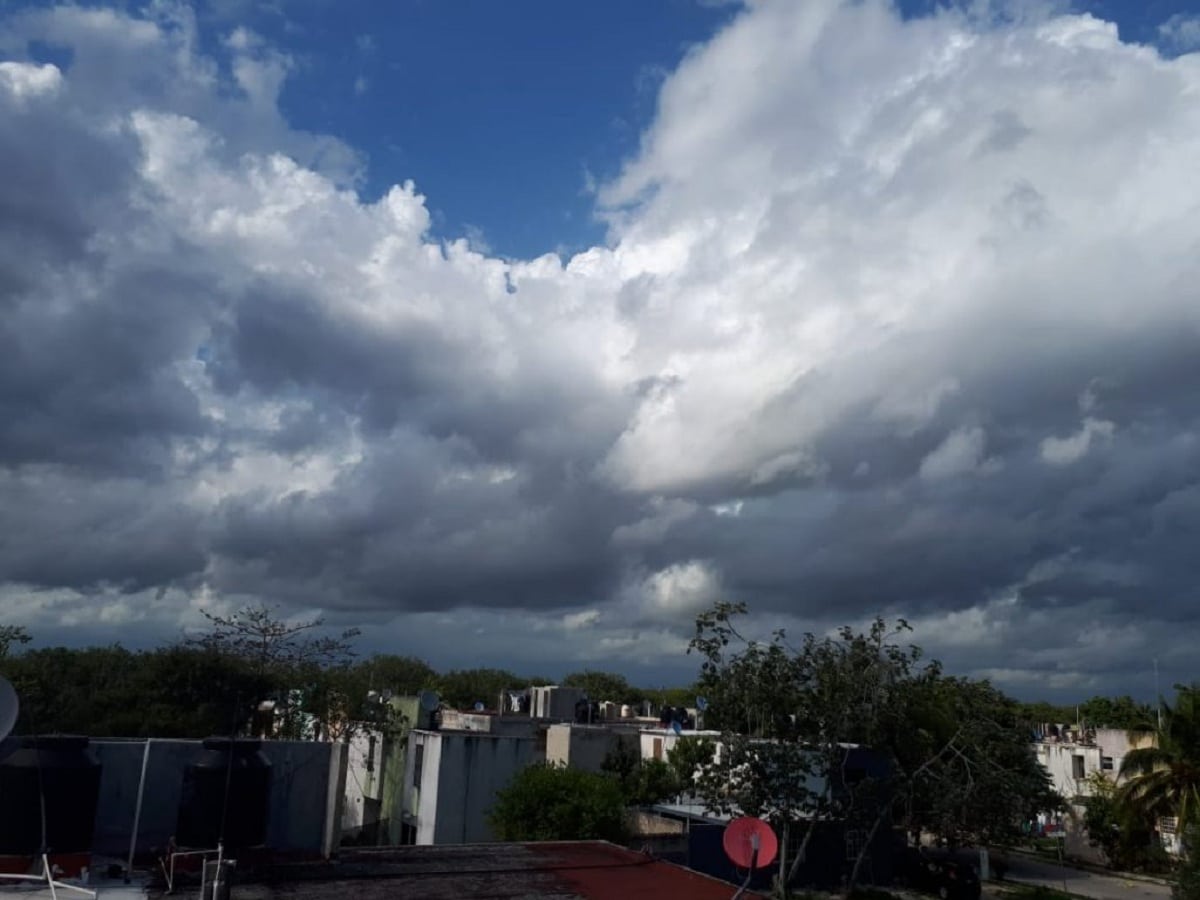
Within the meteorological phenomena and types of winds there are we have the squall. It is a type of wind that is characterized by being quite sudden and with very strong speeds. The duration of this type of wind is very short and occurs in geographical areas with a tendency to cold.
In this article we are going to tell you all the characteristics, origin and different data about the squall.
Key features

First of all, see what the squall means. In the field of meteorology, it means that it is a type of wind that appears suddenly, quickly and very strongly. Its classification varies depending on the wind speed. That is, for a wind to be classified as a squall it must have winds of approximately 40 kilometers per hour.
However, depending on the country where we are, the squall is called by different names. In Mexico it is called Cyclone, in Venezuela "Vaporón", Argentina "Stormy", in Brazil, "Turbiña", in Peru "Solplo", in Colombia "Rafagueta". It can be said that, in general terms, this wind is established as a type of wind that has a certain duration of time more or less half of what a strong wind could have in a certain distance.
This squall can also develop in fluids such as water and it is here where they manifest themselves as a function of the smooth movement of the water where the weight and speed are constant. This type of wind can be seen in swells and very fast water currents. In other cases, upward eddies can form, such as smoke currents. These currents are born from the chimneys or are also found in the mists during storms, among others.
Squall and snow lines
When we talk about a squall of snow we are talking about a very cold air current that has high speeds and a very short time. When having an environment with low temperatures, the content of the wind is composed of small particles of frozen oxygen. These currents are very turbid, which prevents partial and total visibility depending on the intensity of it.
They are different from wind squalls since they have a duration that it is in the order of about 15-20 minutes. Normally this type of meteorological phenomenon causes serious problems in the areas where it takes place. It especially happens in those areas that have temperatures below 0 degrees. They are accompanied by precipitations in the form of snowflakes that are very light and travel at high speeds. They can fill areas with snow in no time. You can easily see how they cover the roofs of houses, roads, avenues and vehicles. They are really dangerous if they catch you by surprise.
Squall lines consist of the presence of several electrical storms that intertwine with each other. It can be developed in parallel and combines two hot and cold fronts. So that this type of meteorological phenomena can be generated a clash of fronts of different temperatures is needed. A squall line can form after a thunderstorm has split into several parts.
There are several types of squall lines. It is a type of cloudiness loaded with a lot of steam and wind that grows quickly and then falls. This air movement is so fast that it does not allow the water to condense and cause rain.
The other type of squall that exists is a kind of dark cloud loaded with large amounts of water vapor. This water vapor remains in the upper part of the atmosphere in a stable way for a very short time. Throughout this time it is possible to extend the winds towards the highest areas and they defend very little like the previous ones. It happens so quickly that it does not allow water condensation.
Most of all these winds occur in the United States and it allows to establish that most of the fast and quite strong thunderstorms are created through squall lines. They usually pass quickly through the area where they originated, becoming loaded with moisture.
Differences between squalls and tornadoes

It is easy to confuse these types of meteorological phenomena since they have a similar origin. They are similar meteorological phenomena since the appearance of the presence is also very similar. Both have a big difference and it is their training. Displacement also has some differences. Tornadoes are based on strong air pressures that increase at high speed and as soon as they encounter an alignment begin to rotate very quickly. This produces a rise in the winds that carries with it all the dust and sand particles on the ground. The force is so enormous that it can lift large vehicles or animals if they collide with the rising air stream.
In the event that the tornado takes place in the sea, it is formed in the same way but with the difference that, in the water to project its energy and achieve heights that reach km. From ancient times, the rains of fish were referred to as something related to the gods. Today it is known that fish rains are related to the existence of marine tornadoes.
As we know what squalls are, we can say that depending on the energy it releases, it is very similar to a tornado. However, the time does not exceed 30 minutes and can cause great damage and promote chaos in very short periods of time. Once this time has passed, a period begins in which the squall begins to weaken and decrease the amount of precipitation. They present gusts of wind that do not exceed 15-30 seconds and can have up to 200 km / h of maximum speed. If the person encounters one of these, they can suffer large injuries.
I hope that with this information you can learn more about the squall and its characteristics.
